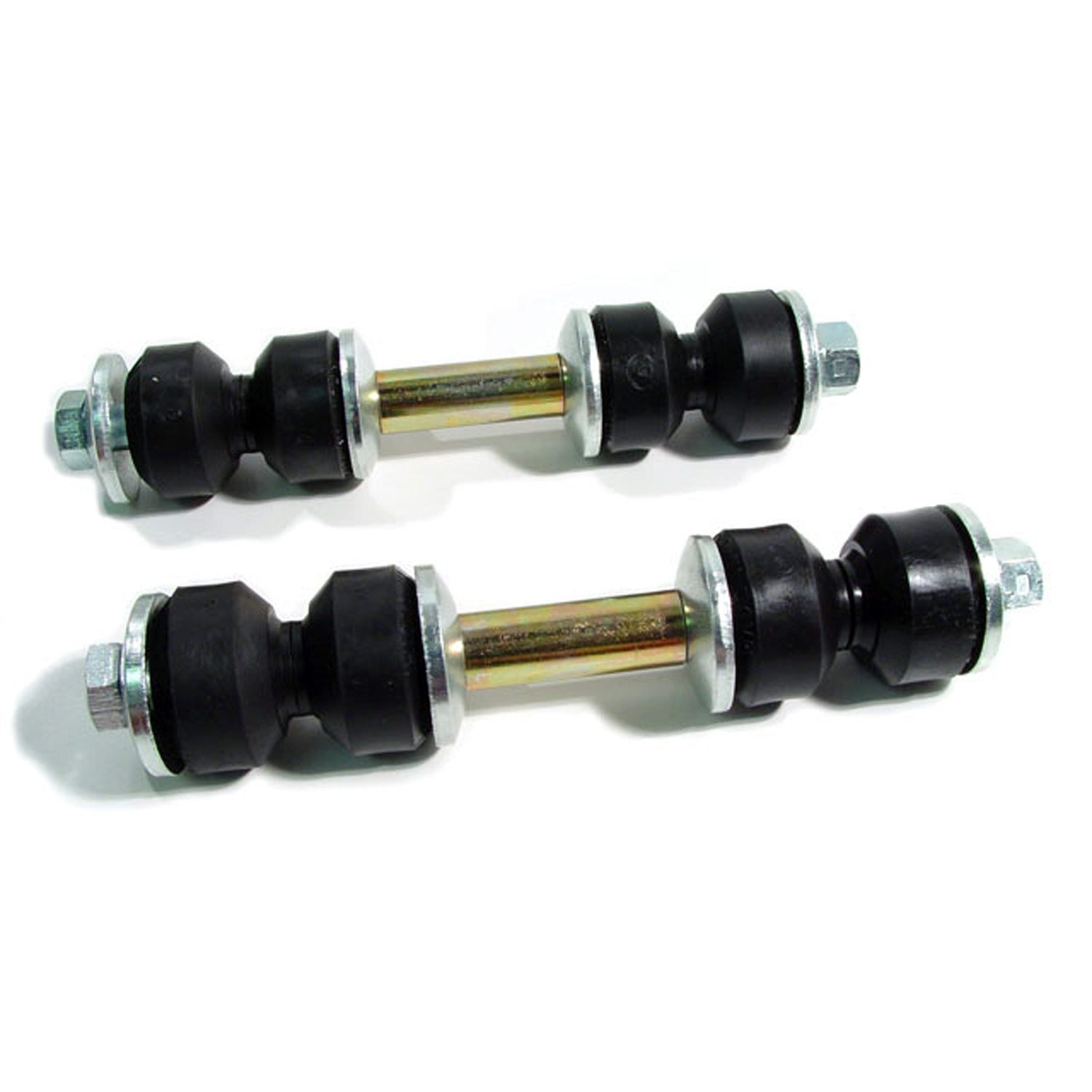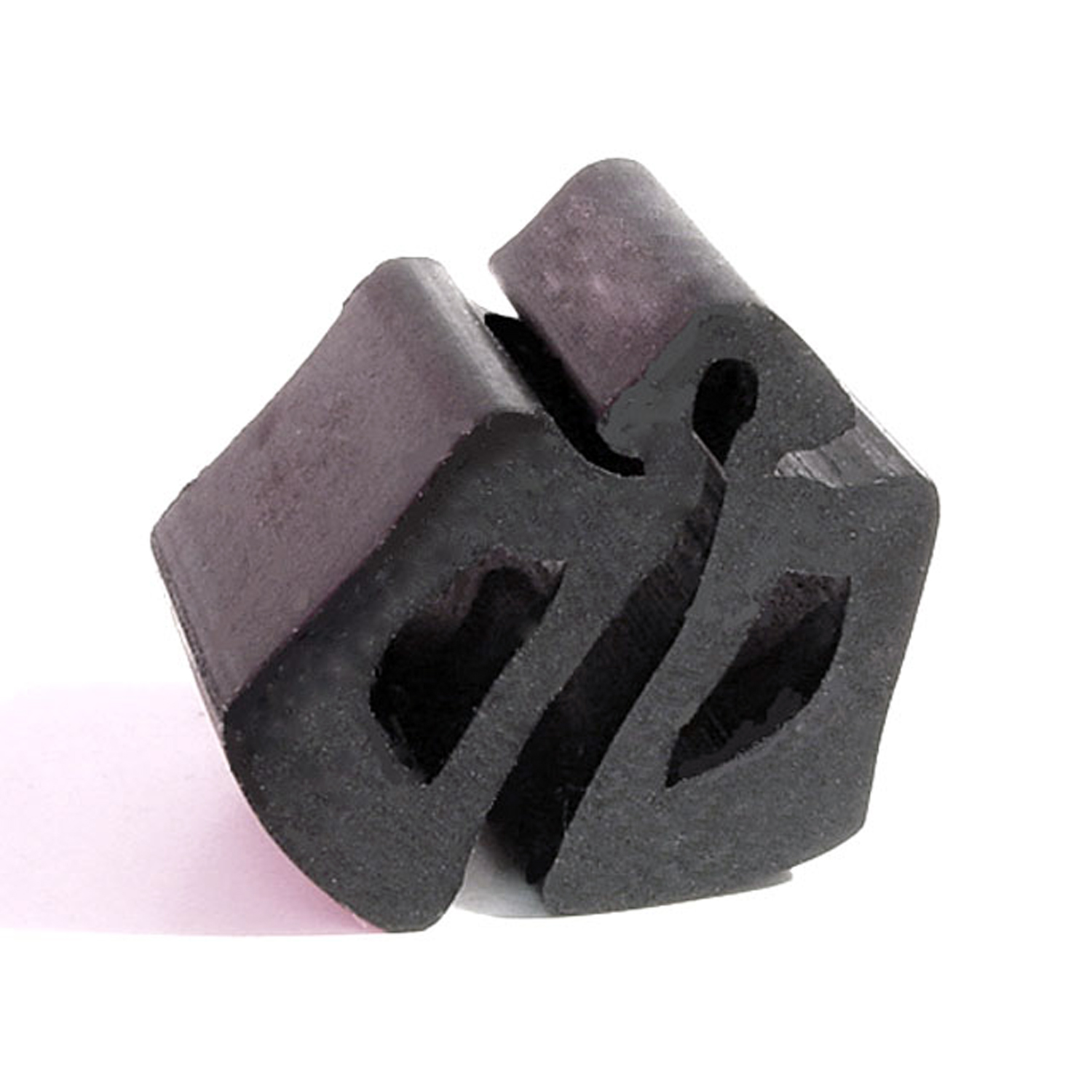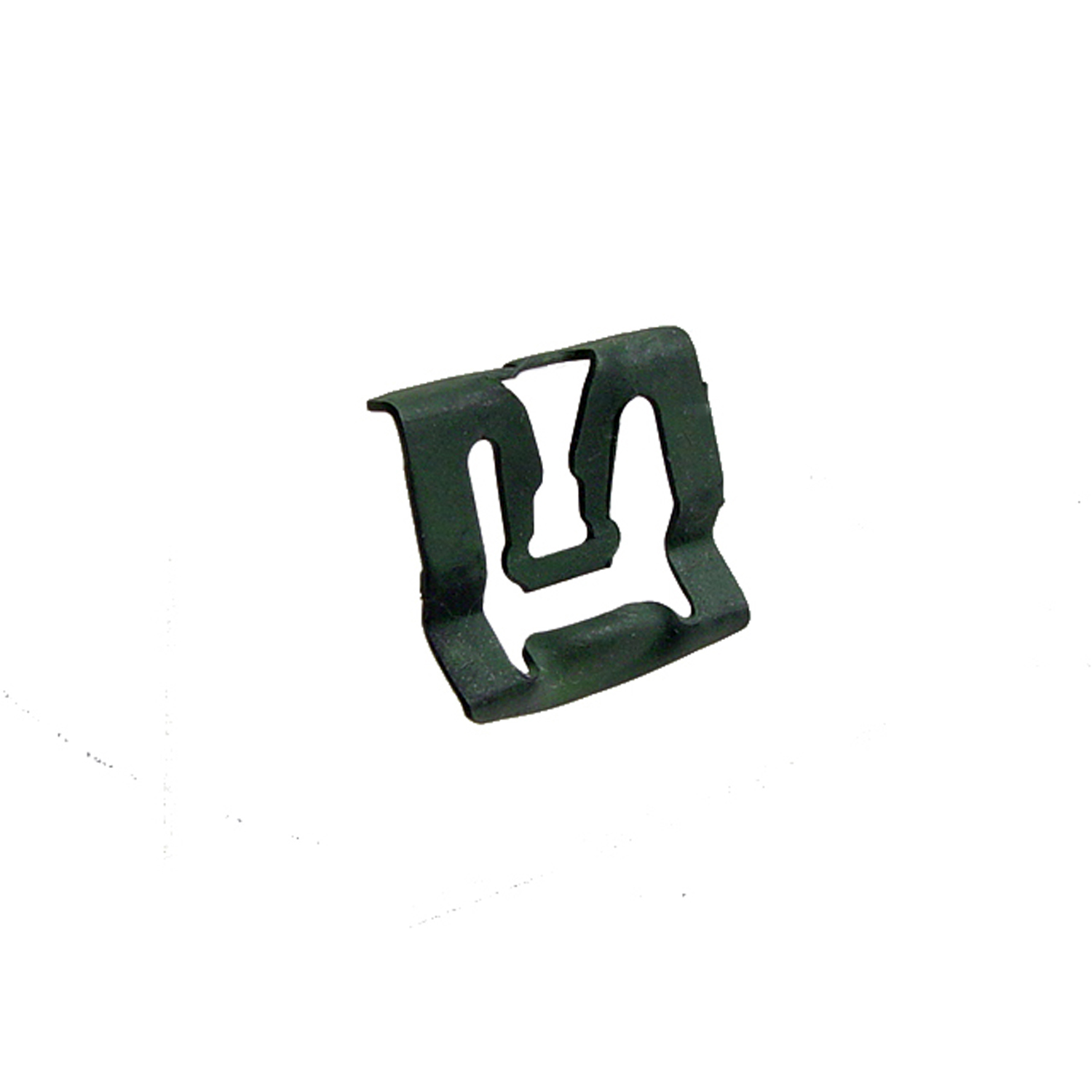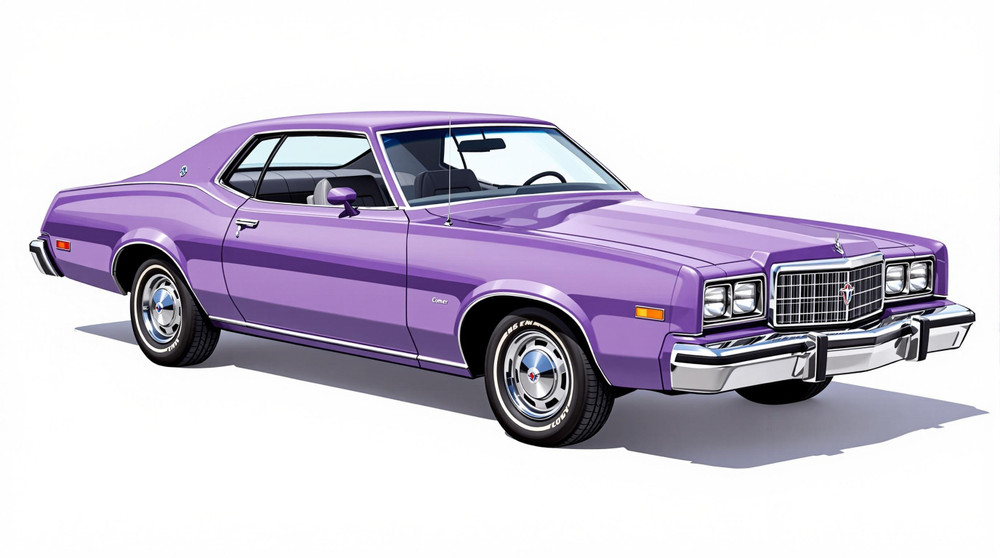Image of 1976 Mercury Comet, Note: These illustrations use artistic license and may differ from actual historical models.
Performance Metrics
Fundamental Metrics
Emotional Appeal
MMP Rating
| Engine Specifications | |
|---|---|
| Engine: | 200 CID I6, 250 CID I6, 302 CID V8 |
| Displacement: | 200-302 cubic inches |
| Horsepower: | 88-140 hp |
| Torque: | 150-240 lb-ft |
| Compression Ratio: | 8.0:1 - 8.4:1 |
| Ignition System: | Conventional breaker-point ignition system |
| Cooling System: | Liquid-cooled |
| Performance Specifications | |
| 0-60 Time: | Estimated 10-14 seconds |
| 1/4 Mile Time: | Estimated 17-20 seconds |
| Top Speed: | 100-110 mph |
| Transmission and Drive | |
| Drive Type: | Rear-wheel drive |
| Transmission Type: | 3-speed manual, 3-speed automatic |
| Fuel and Efficiency | |
| Fuel System Type: | Carburetor |
| MPG: | Estimated 15-20 mpg |
| Dimensions and Brakes | |
| Brakes: | Front disc, rear drum |
| Wheelbase: | 109.9 inches |
| Weight: | 3,000-3,500 lbs |
Note: Specifications for classic cars are given to the best of our ability, considering the limited and variant data available.
1976 Mercury Comet: A Forgotten Gem of the '70s
As the dust settled from the muscle car era, a modest hero emerged in the form of the 1976 Mercury Comet. This unassuming vehicle, with its roots firmly planted in the Mercury lineage—a division of Ford Motor Company—offers a glimpse into an era of transition for American automakers. The Comet, originally conceived as a compact car in the early 1960s, had evolved by 1976 into a downsized mid-size vehicle that mirrored the shifting consumer preferences of its time. What makes this car particularly intriguing is its survival through an age when fuel efficiency began to eclipse raw horsepower as a priority for buyers.
Design and Innovation
The exterior of the '76 Comet boasted clean lines and a somewhat restrained aesthetic, a stark contrast to the flamboyant designs of the previous decade. Its body was characterized by a long hood and short deck—a design philosophy reminiscent of the classic pony cars but presented with subtlety. Inside, passengers were greeted with a functional and straightforward interior. Materials ranged from basic vinyl to plushier options for those desiring more comfort. While not groundbreaking in technological advancements, it did feature amenities like optional air conditioning and AM/FM radios that were considered valuable at the time.
Color options for the Comet allowed for personal expression with shades like Silver Metallic and Bright Red being among popular choices. Body styles included two-door and four-door sedans, with the two-door version often catching the eye of enthusiasts. The availability of luxury décor packages allowed buyers to customize their Comets with additional flair.
Historical Significance
The 1976 Mercury Comet stood out for its ability to adapt to an evolving market. It wasn't just another car on the road; it was a symbol of change, bridging the gap between performance-oriented muscle cars and the emerging demand for more practical and economical vehicles. Its significance lies not in groundbreaking innovation but in its reflection of consumer trends and market adaptation.
Performance and Handling
Underneath its hood, the '76 Comet offered various powertrain options, ranging from an economical inline-6 to more potent V8 engines. Although it couldn't compete with the muscle cars in terms of raw power, it provided respectable performance for its class, with V8 models capable of reaching 0-60 mph in under 10 seconds—a commendable feat for a mid-size family car at that time.
The ride quality was typical of American cars from that era: smooth and comfortable on straightaways but less composed during high-speed cornering or on rough terrain. Drivers could expect a relaxed cruising experience complemented by the V8's burble or the inline-6's humbler soundtrack.
Ownership Experience
The Comet was versatile enough to serve as a dependable daily driver while also being an occasional showpiece at local car meets. Its mechanical simplicity meant that maintenance was straightforward for those with basic automotive knowledge. Reliability was on par with other domestic offerings of its time, making it a practical choice for those who valued ease of ownership.
Fun Facts
A lesser-known fact about this model year is that it shared many components with its corporate cousin, the Ford Maverick, making parts relatively easy to find even today. While not known for breaking records or celebrity endorsements, the '76 Comet has made cameo appearances in films and television series set in its era.
Collector's Information
Today's collector might find a 1976 Mercury Comet to be an affordable entry into classic car ownership. With production numbers not as high as some other models from that period, they are somewhat rare but still accessible within classic car circles. Values can vary widely based on condition and originality; well-preserved examples might fetch anywhere from $5,000 to $15,000 or more depending on market interest at any given time.
Conclusion
The 1976 Mercury Comet is more than just another vintage vehicle; it's a slice of automotive history that encapsulates a period of transition. It may not have been the fastest or most luxurious car on the block, but it stood firm as an affordable and reliable option during uncertain times. For those who appreciate understated classics with historical context, the Comet is certainly worth considering.
1976 Mercury Comet Catalog of Parts
 1976 Mercury Comet Front Stabilizer End Repair Kit-BNK 22Front Stabilizer End Repair Kit. 22-piece set for two stabilizer bars. Contains all rubber bushings, washers, bolts and nuts, enough for one front end. Set
1976 Mercury Comet Front Stabilizer End Repair Kit-BNK 22Front Stabilizer End Repair Kit. 22-piece set for two stabilizer bars. Contains all rubber bushings, washers, bolts and nuts, enough for one front end. Set 1976 Mercury Comet Hood Bumper. Each-HF 2Hood Bumper. Each
1976 Mercury Comet Hood Bumper. Each-HF 2Hood Bumper. Each 1976 Mercury Comet Windshield Reveal Molding Clip. Made of steel. Each-WF 228-AWindshield Reveal Molding Clip. Made of steel. Each
1976 Mercury Comet Windshield Reveal Molding Clip. Made of steel. Each-WF 228-AWindshield Reveal Molding Clip. Made of steel. EachWhy Choose Metro?
For over 100 years, Metro Moulded Parts has been the pinnacle of quality in classic car restoration parts. Our commitment to precision and authenticity in every component ensures a perfect fit and an OEM-level appearance.
- Expert Craftsmanship & Quality: Each part is a testament to our dedication to reliability and perfection, crafted from original designs and thoroughly tested.
- Advanced Technology: We use cutting-edge techniques to create flawless, long-lasting parts that surpass others in performance.
- SuperSoft Sponge – The Ultimate Door Seal: Not only are our door seals 30% softer than competitors', but they're also guaranteed to never leak. They effectively reduce wind and road noise, enhancing your classic car's comfort and driving experience.
- Proudly American: Our parts are a product of American craftsmanship, made in the USA with a spirit of excellence and heritage.
- Unrivaled Warranty: We back our products with a 30-year industry-leading warranty, a testament to our confidence in their quality.
Join us in preserving the legacy of classic cars with parts that are crafted for perfection, not just made.

